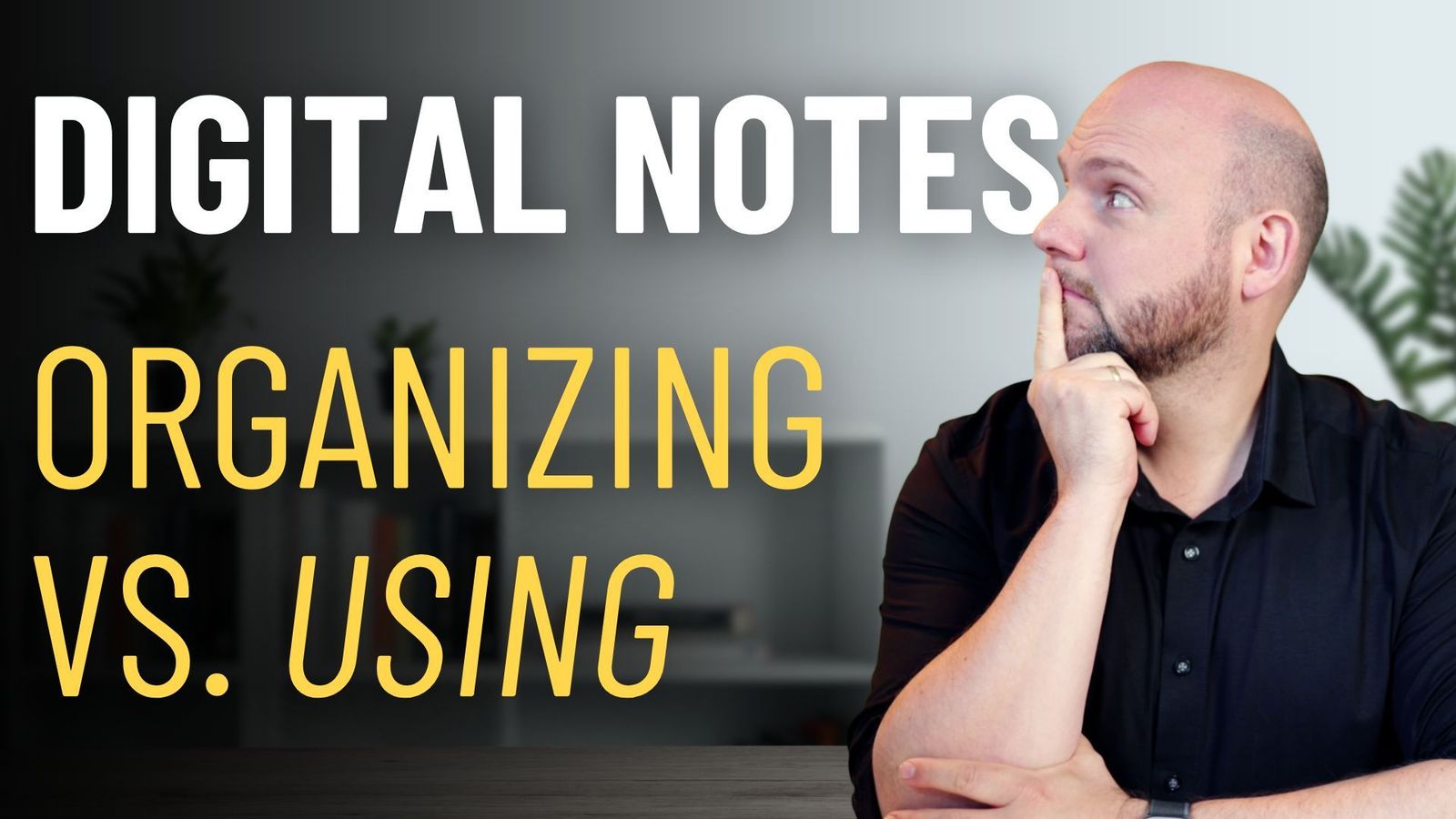Taking notes can often feel like a necessary part of professional life. Yet, many Busy Professionals are discovering that traditional note-taking methods may actually hinder productivity. Creating extensive notes during meetings often adds to the already high levels of stress, as sifting through pages of text later on consumes valuable time. However, there’s a more efficient way to manage information that can transform your productivity.
Why Traditional Note-Taking Fails
Traditional note-taking involves writing down everything during meetings or lectures. This approach can lead to an overwhelming amount of information, making it difficult to find key points later. It’s not just about the volume of notes, but also the inefficiency of searching through them. The wall of text can become a source of anxiety, as it adds to the daily workload without effectively helping to recall important information.
The Concept of Single Source of Truth
One solution to the note-taking dilemma is the concept of a Single Source of Truth. This method involves consolidating all relevant information in one easily accessible place. Initially, this might mean carrying multiple notebooks, but digital tools now provide a more streamlined approach. Using handwriting apps on devices like the iPad, which offer searchable text, can significantly enhance efficiency. Despite this, some tools like the reMarkable 2, lack a global search feature, which can be a drawback.
Embracing Visual Notes and Modern Tools
To further improve information management, transitioning from text-heavy notes to visual notes can be revolutionary. Visual notes, such as diagrams, flowcharts, or mind maps, facilitate quicker comprehension and recall. Tools like Tana and Heptabase are particularly useful here. Tana helps in quickly capturing information and connecting it to relevant content, while Heptabase, with its powerful whiteboard feature, is ideal for deep thinking and complex problem-solving.
Strategic Note-Taking
A more effective approach to note-taking is focusing on Strategic Note-Taking. Instead of trying to transcribe everything, prioritize capturing decisions, actions needed, and key insights. This not only makes it easier to follow the meeting in real-time but also ensures that the notes you do take are directly actionable and valuable.
Differentiating Between Deep and Shallow Thinking
The differentiation between deep and shallow thinking tools is crucial. Shallow thinking tools help balance cognitive load by capturing key points during discussions, allowing for focused attention. On the other hand, deep thinking tools are used for more complex information processing. This bifurcation ensures that temporary and in-depth information is stored efficiently and is easily accessible when needed.
Revisiting and Refining Notes
Regularly revisiting and refining notes keeps them up to date and relevant. This practice helps condense information into clear, actionable items, making it easier to move from information to action. Focusing on storing Evergreen Information rather than transient news ensures that your notes remain useful over time.
Leveraging Digital Tools
Utilize digital note-taking tools that support tagging, linking, and layering of information for better organization and retrieval. These tools enhance the efficiency of managing and accessing information, ultimately saving time and reducing frustration.
We invite you to explore the Paperless Movement® Membership, where you can learn to build a comprehensive productivity system. This membership offers extensive courses on Note-Taking, PKM, Task Management, and Project Management, providing you with the skills to focus on what truly matters. Join us at the Paperless Movement® Membership and start your journey towards becoming a highly effective digital pro.



